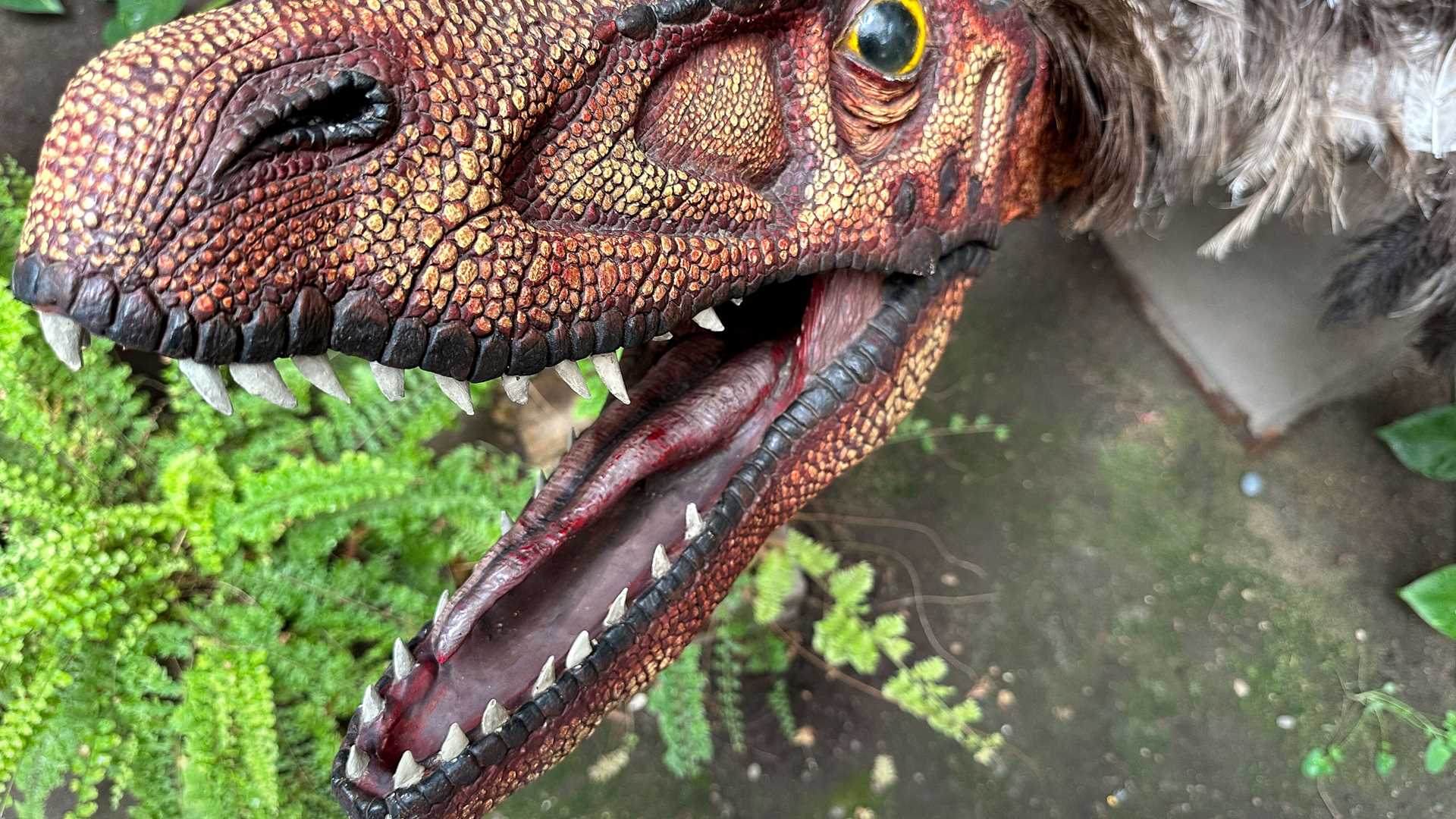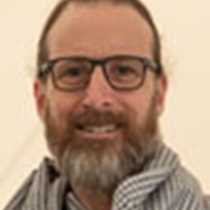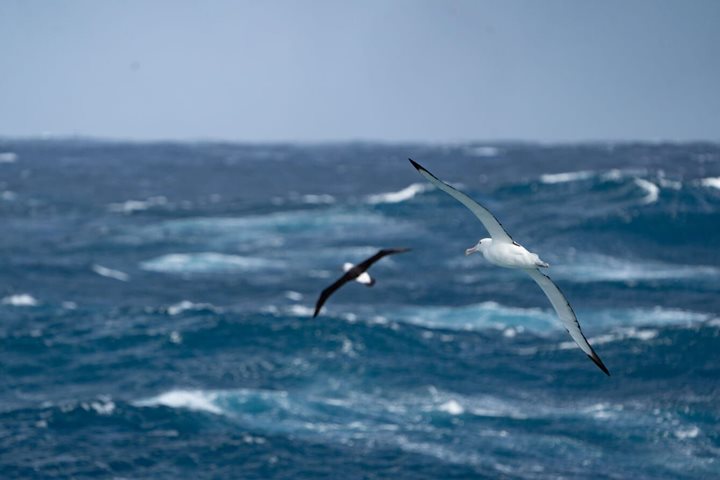“Ferdinand Magellan used the word patagón to describe the native people here,” our guide Ana tells us. She says that the exact etymology is uncertain, but some believe it to mean “giants,” or more likely, “the people with big feet.”
“So Patagonia is literally the land of bigfoot?” one guest asks, the rest of the bus chuckling. Smiling and nodding, Ana replies that yes, in a way, this is bigfoot country.
We have left Puerto Madryn and are driving Highway 3 westward where towering wind turbines dot the dry playa that seems to stretch out forever. Scavenging caracaras and hunting harriers float low over treeless scrub where capybaras––scavenging rodents of unusual size––and small camelid guanacos share the landscape with merino sheep.
I am thinking about the giants of patagón as we pass a turbine near the roadside, imagining a twenty-foot-tall Don Quixote riding an equally large horse to fight the whirling monsters, when the real monster––the authentic Patagonian Bigfoot––appears on the horizon.
The bus slows, angles off the road, and parks in front of what could be part of the next Jurassic Park movie set: Patagotitan mayorum. Titanosaur. The giant statue before us represents what might be the largest animal to have ever walked the earth. With a neck stretching 12 meters, and a thigh bone longer than Shaquille O’Neil is tall, the titanosaur roamed Patagonia when this land was a savanna some 95 million years ago.
Following our visit with titanosaur, we reboard the bus, primed for our next stop: Egidio Feruglio Paleontological Museum in Trelew, where a new wing is being built to house the titanosaur skeleton whose Shaqesque-thigh bone was found sticking out of the ground by an Argentine rancher in 2013.
Our guides at the museum walk us through the Mesozoic, the Paleozoic, and eventually the Precambrian Eras. At each stop, we are wowed by reconstructed skeletons made from the casts of Patagonian fossils, as well as many of the fossils themselves displayed just out of reach behind glass.
Following the exhibits, we are treated to a behind the scenes tour, where scientists are cleaning, casting, and cataloguing bones from the richest fossil region in the world, where nearly every expedition yields a new species. It is these laboratories in the tiny town of Trelew that send skeletons to the great museums around the world, and, who knows, perhaps it will be these paleontologists who will one day clean, cast, catalogue, and distribute the skeleton of the next bigfoot.






